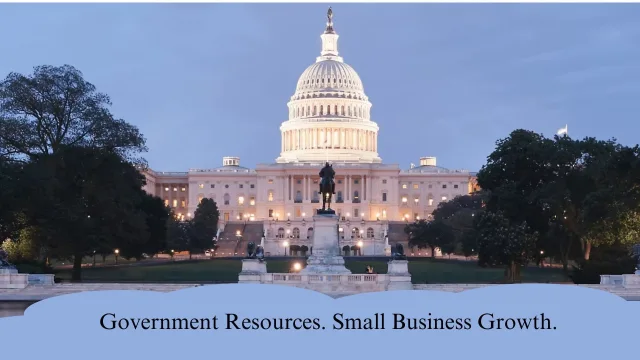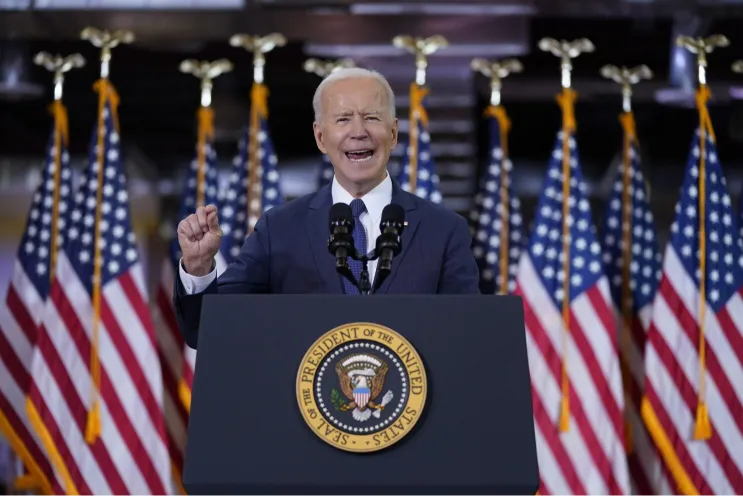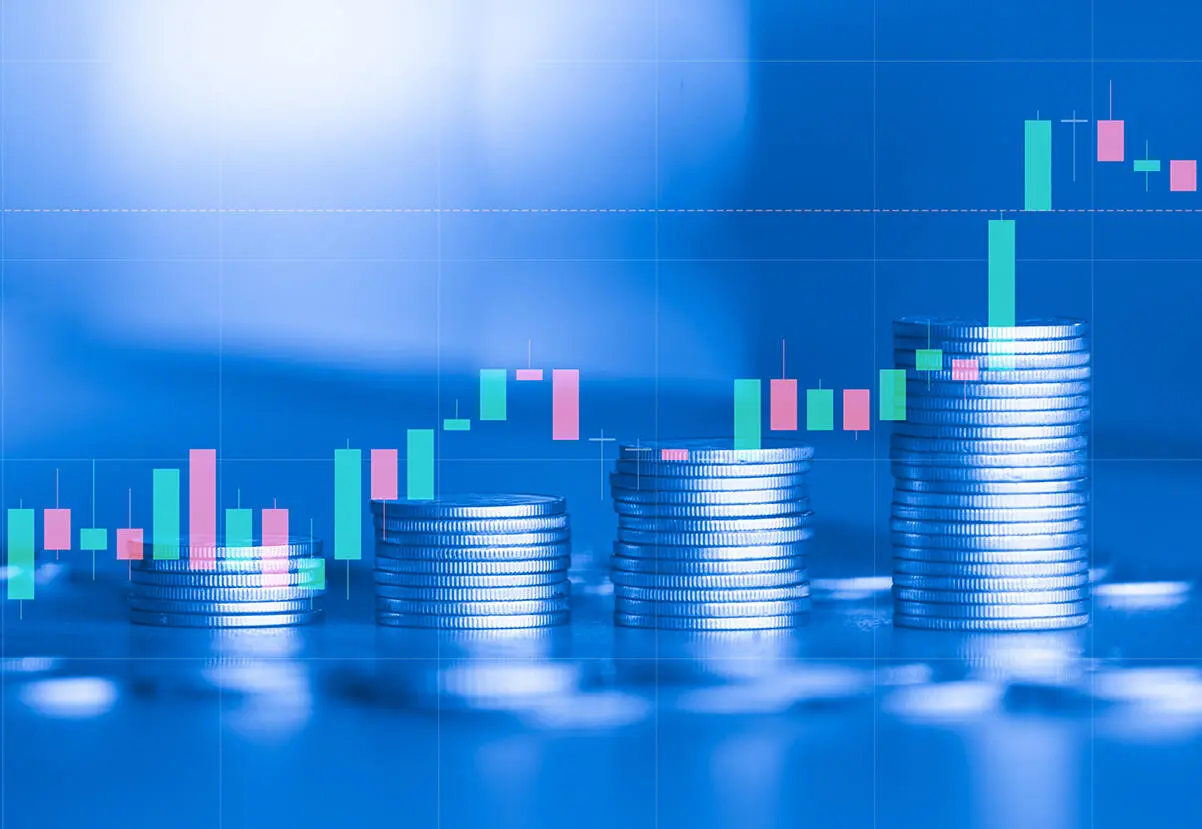trending
neon
Cirque du Soleil offers summer ticket deals
dining out
Celebs ditch the Strip for iconic Henderson restaurant
july 
trending
neon
Cirque du Soleil offers summer ticket deals
dining out
Celebs ditch the Strip for iconic Henderson restaurant
july 

Stock buybacks have become a dominant strategy for U.S. corporations, influencing investment decisions, shareholder returns, and economic growth. While buybacks boost stock prices and reward investors, critics argue they divert funds from research, expansion, and employee wages




Stock buybacks, also known as share repurchases, have become a central financial strategy for U.S. corporations. By repurchasing their own shares from the market, companies reduce the number of outstanding shares, often boosting stock prices. While buybacks can increase shareholder value, concerns have risen over their impact on corporate investments, wages, and long-term economic growth.
Stock buybacks are often implemented for several reasons:
Over the past decade, stock buybacks have surged across various industries. In 2023 alone, S&P 500 companies spent over $900 billion on share repurchases, a figure expected to grow in 2025. The trend has been driven by corporate tax cuts, favorable interest rates, and strong earnings performance.
While stock buybacks provide short-term gains, their long-term economic effects remain debated.
Positive Effects: ✅ Enhanced Shareholder Value: Investors benefit from higher stock prices and improved financial performance. ✅ Efficient Capital Allocation: Companies can focus on core growth areas instead of holding excess cash. ✅ Flexibility: Unlike dividends, buybacks are discretionary and can be adjusted based on market conditions.
Negative Effects: ❌ Reduced Capital for Innovation: Critics argue that companies prioritize buybacks over research and development (R&D), limiting future growth. ❌ Lower Employee Compensation: Some suggest that funds used for buybacks could instead be directed toward wage increases or hiring. ❌ Economic Inequality: Buybacks tend to benefit institutional investors and executives rather than the broader economy.
Amid growing concerns, lawmakers have proposed new regulations on stock buybacks. In 2023, the Inflation Reduction Act introduced a 1% tax on stock repurchases, aiming to curb excessive buybacks and encourage corporate reinvestment. Further policy changes in 2025 may include stricter reporting requirements and incentives for companies to allocate funds toward innovation and job creation.
As economic conditions evolve, corporations will need to balance buybacks with strategic investments. While repurchases will likely remain a key financial tool, increasing scrutiny may push companies toward greater investment in technology, infrastructure, and workforce development.
Stock buybacks have become a dominant strategy for U.S. corporations, influencing investment decisions, shareholder returns, and economic growth. While buybacks boost stock prices and reward investors, critics argue they divert funds from research, expansion, and employee wages
the latest

Mergers and Acquisitions Surge in U.S. Despite Economic Uncertainty
Despite economic challenges, mergers and acquisitions (M&As) in the U.S. business sector have surged. Companies are leveraging strategic deals to enhance market presence, expand operations, and drive growth in a volatile economic landscape

U.S. Companies Respond to Labor Shortages with Automation and Technology
As labor shortages continue to impact various industries, U.S. companies are accelerating the adoption of automation and technology. From AI-driven customer service to robotic manufacturing, businesses are leveraging innovative solutions to maintain productivity and efficiency

Stock Buybacks and the Impact on Corporate Investments in the U.S.
Stock buybacks have become a dominant strategy for U.S. corporations, influencing investment decisions, shareholder returns, and economic growth. While buybacks boost stock prices and reward investors, critics argue they divert funds from research, expansion, and employee wages

Small Business Investment: Government Initiatives to Drive Growth
The U.S. government has launched new initiatives to increase investment in small businesses, aiming to drive economic growth and innovation. These policies include tax incentives, grants, and funding programs designed to support entrepreneurs and startups

Venture Capital Investment in Startups Reaches New Heights in 2025
Venture capital investment in startups has surged to unprecedented levels in 2025, fueling innovation across various industries. With increased funding, early-stage companies are experiencing rapid growth, particularly in technology, healthcare, and green energy sectors

Corporate America Faces Challenges Amid Global Supply Chain Disruptions
Global supply chain disruptions continue to challenge Corporate America, affecting production, pricing, and consumer demand. As businesses navigate logistical bottlenecks, rising costs, and geopolitical tensions, the U.S. economy faces significant hurdles in maintaining stability and growth

Biden Administration Unveils New Infrastructure Investment Plan
The Biden administration has announced a comprehensive infrastructure investment plan aimed at revitalizing America's transportation, energy, and water systems. This article provides key insights into the plan's objectives, funding allocations, and anticipated impacts on the nation's economy and communities

Understanding U.S. Investment Policies and Their Impact
Explore how U.S. investment policies shape financial markets, economic growth, and business strategies, offering both opportunities and challenges for investors

The Link Between U.S. Investment Policies and Economic Growth
Recent U.S. investment policies are driving economic growth, influencing global markets, trade, and financial stability. This article explores their impact on businesses and investors